Myths about teaching can hold you back
- Year 3
The appearance of rocks
I can compare, group and identify different rocks by observing their appearance.
- Year 3
The appearance of rocks
I can compare, group and identify different rocks by observing their appearance.
These resources were made for remote use during the pandemic, not classroom teaching.
Switch to our new teaching resources now - designed by teachers and leading subject experts, and tested in classrooms.
Lesson details
Key learning points
- The appearance of rocks can be observed more closely using a hand lens or microscope.
- Rocks can be compared and grouped by appearance, by looking for similarities and differences.
- Different rocks have different names.
- Rocks can be identified and named using simple secondary sources of information.
Keywords
Rock - Rock is a solid material that occurs naturally in Earth.
Appearance - The appearance of an object is the way something looks.
Compare - To compare is to look for similarities and differences.
Identify - To identify is to name something correctly.
Secondary sources - Information gathered using secondary sources is information that has been collected by someone else.
Common misconception
Children may think that rocks are all just called 'rock' and they don't have different appearances and different names.
Make sure the rock samples you give them are not actual objects, e.g. an ornament, so they are not able to use usage as a way to classify. Use a wide range of rocks that are very different so the children can identify them correctly.
To help you plan your year 3 science lesson on: The appearance of rocks, download all teaching resources for free and adapt to suit your pupils' needs...
To help you plan your year 3 science lesson on: The appearance of rocks, download all teaching resources for free and adapt to suit your pupils' needs.
The starter quiz will activate and check your pupils' prior knowledge, with versions available both with and without answers in PDF format.
We use learning cycles to break down learning into key concepts or ideas linked to the learning outcome. Each learning cycle features explanations with checks for understanding and practice tasks with feedback. All of this is found in our slide decks, ready for you to download and edit. The practice tasks are also available as printable worksheets and some lessons have additional materials with extra material you might need for teaching the lesson.
The assessment exit quiz will test your pupils' understanding of the key learning points.
Our video is a tool for planning, showing how other teachers might teach the lesson, offering helpful tips, modelled explanations and inspiration for your own delivery in the classroom. Plus, you can set it as homework or revision for pupils and keep their learning on track by sharing an online pupil version of this lesson.
Explore more key stage 2 science lessons from the Rocks and soils unit, dive into the full primary science curriculum, or learn more about lesson planning.

Equipment
See additional materials for full guidance.
Content guidance
- Risk assessment required - equipment
- Exploration of objects
Supervision
Adult supervision required
Licence
Prior knowledge starter quiz
6 Questions
Q1.A is what we use to make things. It is a substance from which something is made.
Q2.A rock is a type of ...
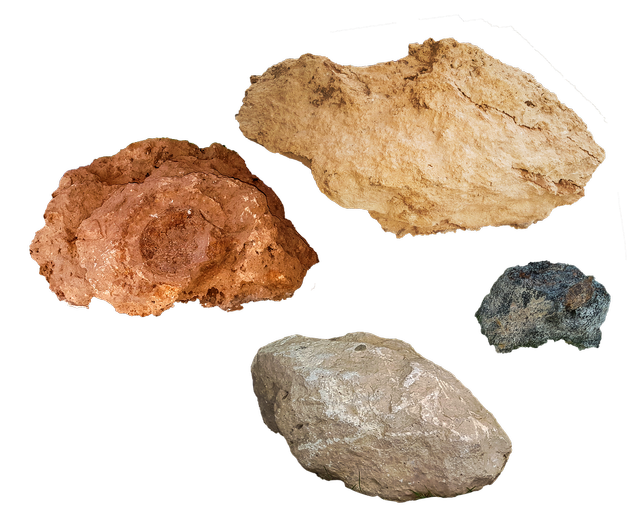
Q3.Which of these materials are natural?
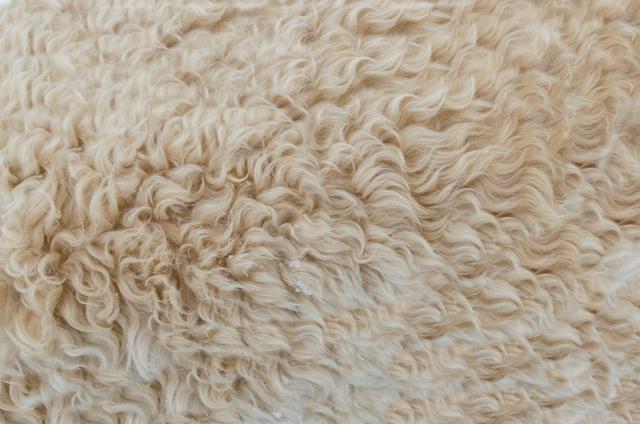

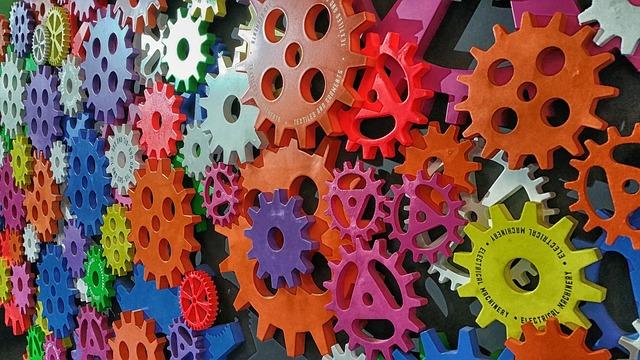
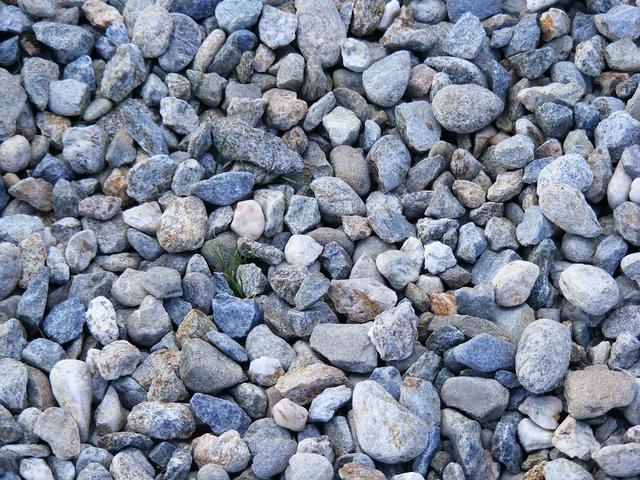
Q4.Which of these statements explain what a natural material is?
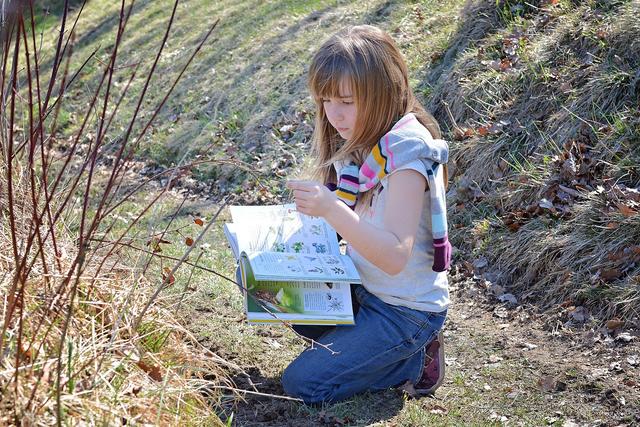
Q5.Rocks are found in the crust of the .
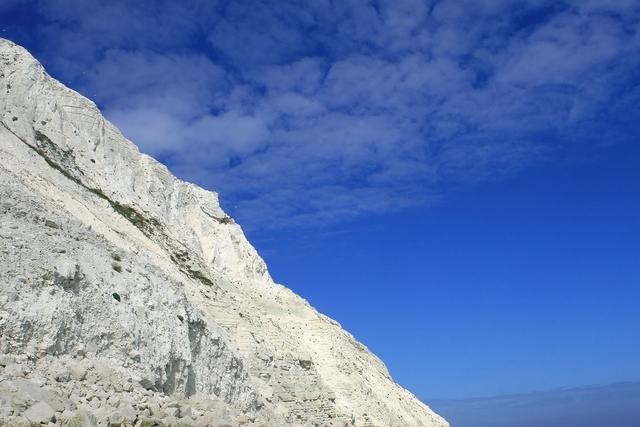
Q6.Which of these objects could be made from rock?
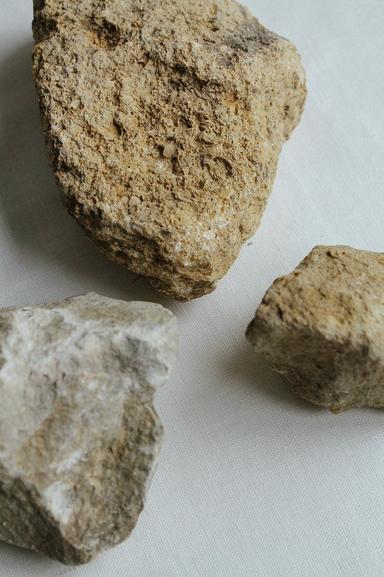
Assessment exit quiz
6 Questions
Q1.Scientists observe the appearance of rocks more closely using a __________ or a microscope.
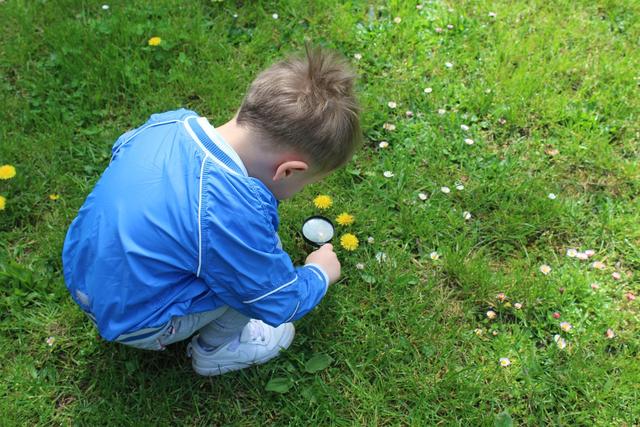
Q2.If we want to compare and group things by their appearance, what would we do?
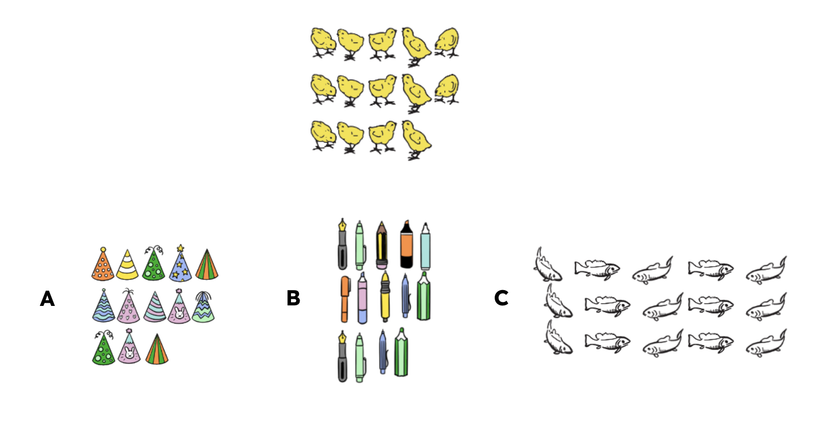
Q3.Which property could help you to identify and name this rock just by its appearance?

Q4.Different rocks have different names. Which of these are types of rock?

Q5.Which of these are secondary sources of information that you could use to help identify a rock you didn't know the name of?

Q6.How could we compare and group rocks based on their appearance?



